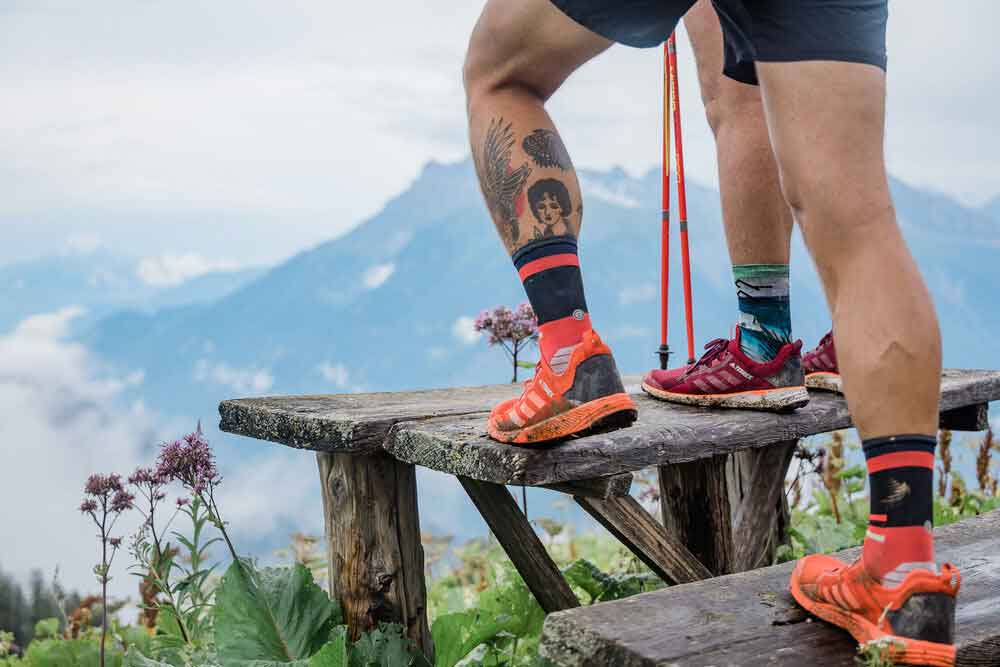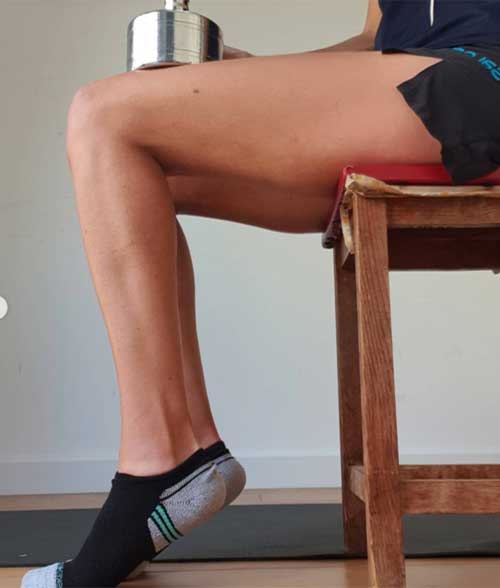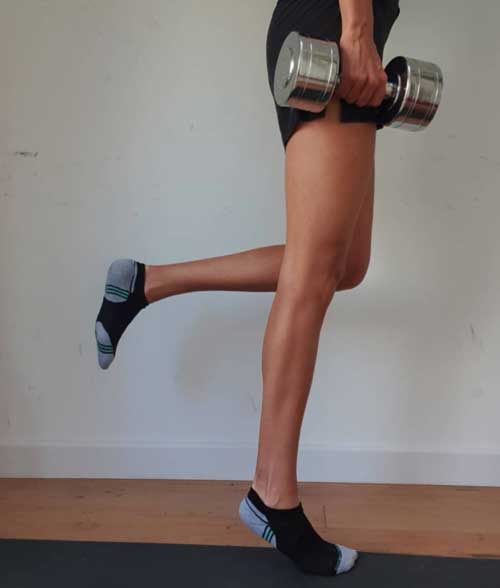Achilles Tendinopathy
Firstly - What is it?
There are 2 types of Achilles tendon issues; (1) insertional: where the tendon attaches to the bone & (2) mid-portion: at the muscle-tendon junction (higher up & more common).
Tendon injuries come from overload; too much, too soon.
Although they feel tight, tendons don't like to be held under a sustained stretch.
They will not get better with just rest. They need a targetted heavy loading program.
They usually warm up with exercise but come back with a vengeance afterwards & especially the following morning.
What should you do when you start to feel your Achilles playing up?
1) Relative rest = offload from anything that aggravates (running, skipping, jumping & excessive walking to name a few). However, try to maintain a level of tolerable load & activity without having to push through pain - this is not worth it.
2) NO stretching! Although the Achilles & calf feel tight - irritated tendons do not like to be stretched.
3) If it is particularly acute & flared up in that day-to-day tasks impact it, try wearing heeled shoes to minimise any stretch on the tendon (1cm heeled boots or suit shoes) or buy yourself some heel cups to place in your shoes. This will avoid compressing the Achilles against the heel bone with every step.
Next, we need to LOAD the tendon
Isometrics = where the muscle is contracted but remains the same length. These were originally found to have pain-relieving benefits but now the evidence is mixed. What is known though, is that these exercises allow gentle load introduction in more irritable Achilles. These can be done in sitting or standing, on 2or1legs, with an adaptable duration, load & range depending on the individual. See Images below.
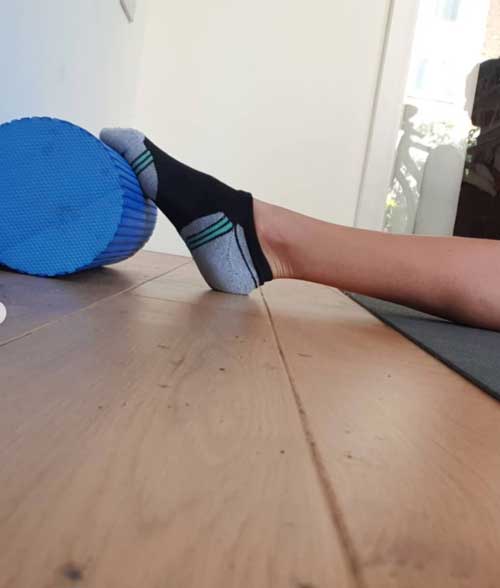
Once able, you want to progress quickly from the isometrics to heavier loading: With Isotonic exercises = to develop strength in the tendon and associated muscles and Plyometrics such as jumping/hopping exercises.
Achilles Management
You want to progress on quickly from isometrics when the irritability & morning stiffness improves. The principles of early management still apply in that you want to avoid aggravating it, keeping pain <4/10 & we especially want to monitor the 24hr pattern ie. how if feels the next day after exercise/loading.
There are two approaches to tackling tendons;
Heavy slow resistance (HSR) & eccentric loading. I'm going to talk about the eccentric loading approach as to load the tendon sufficiently in HSR, using gym equipment is the gold standard. But remember - physio is prescriptive & individual, there is no one size fits all & tendon healing needs time, compliance & progressive loading.
Eccentric exercises = where the muscle lengthens during the contraction. The main aim in this stage is to develop strength in the tendon & associated muscles (gastrocs&soleus) with a strong focus on the lengthening component. The bent leg heel raise targeting the soleus, & straight leg higher up in the gastroc.
Biasing the loading through the eccentric phase is simple & we can target this with the heel raise. Standing on a step, lifting up through both heels before gently lowering down on just the 1 feeling the stretching element over 3secs. Initially, you want to aim for a higher number of reps (~15) ensuring it is fatiguing but not feeling more discomfort after completing them. If the pain remains consistently low or improves alongside morning stiffness, you want to increase the load with a weight or heavy backpack until you find 12 reps difficult to complete. The process continues progressively loading the tendon; increasing the weight & reducing the reps while closely monitoring pain. (A sudden flare in symptoms may indicate that the weight used was too heavy.)
Remember that muscle strength & tendon changes take time: at least 6-8 weeks, so don’t expect significant ‘overnight’ progress.
A crucial last stage of tendon rehab is dedicated to ‘energy storage’ exercises.
These exercises involve deformation of the tendon with jumping & hopping exercises which ensure the ankle has a degree of necessary "stiffness". These exercises help to regain the tendons capacity to absorb & then release energy via the stretch shorten cycle (SSC), that occurs when a runner lands & then pushes off in the propulsion phase.
Variations include:
- double & single leg pogos
[stiff/bent legs]
[directional; fwd/back, laterally]
- box hops
- hopping for height
- coordination (hopscotch, zigzags...)
Aiming for 2-3x weekly but dictated once again by pain levels over the 24hr period. If you have a flare-up in your symptoms but you recover by the next session then continue with the same number of reps. However, if you are not recovered by the time of the next session reduce the number of repetitions, or rest, and try again in 1-2 days.
Because of the importance of load management with tendons as you can see from these posts, seeking direction from a medical professional is important. A number of repetitions, frequency of sessions & whether you can continue with running are questions I am often asked.
I must remind you that rehab is prescriptive & individual- it is never one size fits all.
Another important point that you can gather from these posts is that massage & rolling won't cure things (although they may give temporary relief especially in the early stages) - tendons NEED load.
For more information and exercises…
Head to @lucytriphyio on Instagram
Email - lucytriphysio@gmail.com with any questions.
